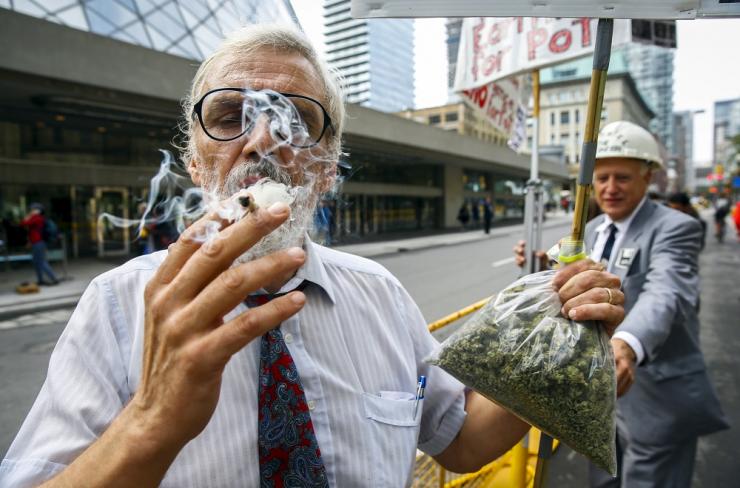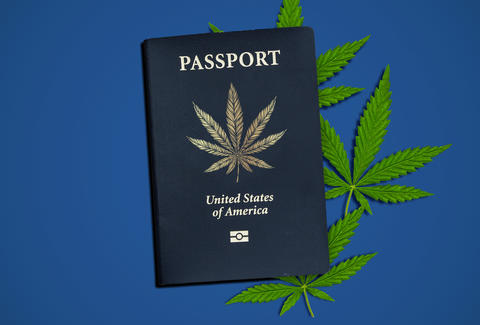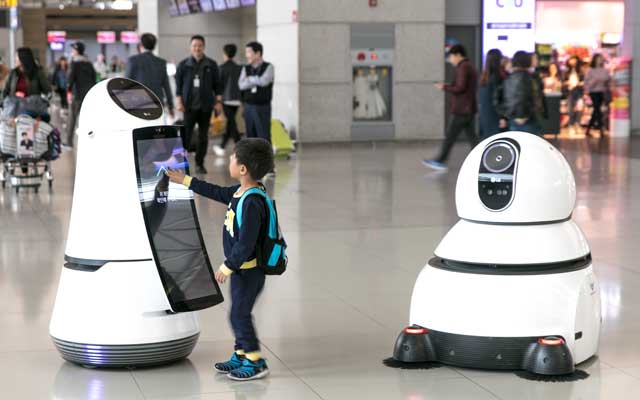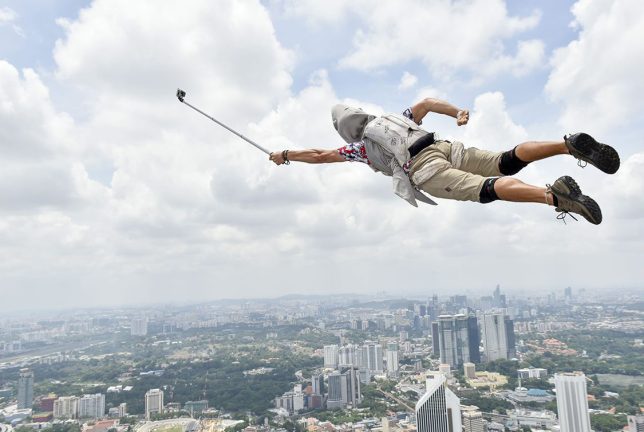HOW WE PLAY
Maysoon El-Ahmad, April 2020
WHAT’S GOING ON
They say it takes 21 days to create a new habit.
With many of us hunkering down in our homes over the last 4-6 weeks, our reliance on digital services and products has taken on a whole new level in meeting and delivering to our ‘recreational’ needs, often what has been described as the ‘non-essential’ services
From online shopping, streaming entertainment, meal delivery, virtual tours to fitness apps, both businesses and consumers have adapted in ways that may prove to reshape consumer behaviour for years to come.
One of the biggest changes has been in online shopping. According to Dr Andrew Charlton, Director of advisory services AlphaBeta, ‘Australia has been a bit of a laggard in online shopping’.
The COVID-19 crisis has however forced thousands to jump online for the first time, which may see many never go back as new habits start to form under lockdown measures.
Below is a snapshot of how our behaviours have changed, with some likely to endure as lockdown measures start to ease:
- Some businesses are seeing 300% to 400% growth for some categories in their online sales channels
- Spending on food delivery services up 192% jump last week vs. pre-pandemic weeks
- Spending on subscription TV up 11% last week vs. pre-pandemic weeks
- Spending on streamed music, video games and apps up 53% vs. pre-pandemic weeks
With gyms and fitness studios closed, the crisis has only served to accelerate the digital fitness industry
- Chris Hemsworth’s fitness and meal planning app Centr saw subscriptions surge over 300% in the last few weeks and is now the second-most-downloaded health and fitness app behind the Australian government’s official coronavirus app (offering six free weeks has helped drive this growth)
- MIRROR, an interactive at-home fitness system has seen sales more than double since the start of the pandemic
- Obé, an American fitness streaming service that offers live workouts and more than 4,000 classes saw its membership grow 10 times in the first few weeks of the crisis. It recently rolled out workouts for kids that parents can stream from their accounts to keep children active during school closures
- Other yoga and fitness studios such as F45 have taken their business online using Zoom to keep their clientele engaged, while others have jumped onto Instagram Live to run classes
GROWTH MANTRA’S PREDICTION
As we move into the “opening up” phase of the pandemic, parts of our lives will return to a ‘semi-normal’, while others will see new norms and trends emerge.
The pandemic has clearly shown us that having a digital presence has never been so important. Whether it be apps, websites or partnerships with other digital and tech companies, consumers will now expect it more than ever before.
We entered the pandemic with the ‘experience economy’ most affected by lockdown measures, we expect the customer experience agenda to become even more important as we come out on the other side











